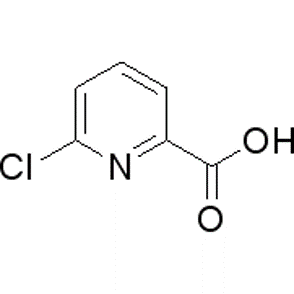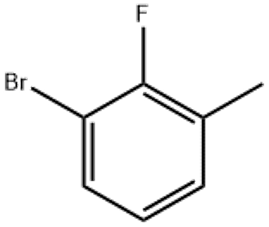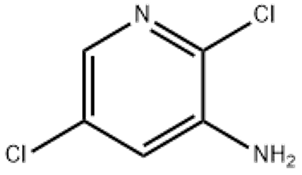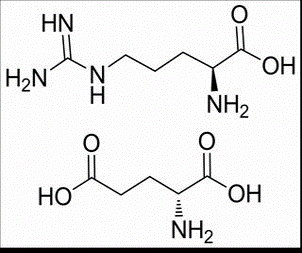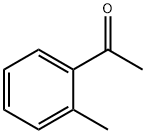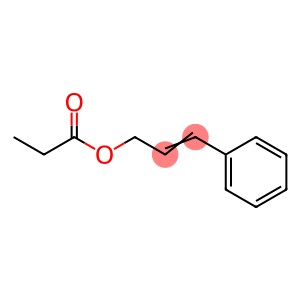6-Chloropicolinic acid(CAS# 4684-94-0)
| Hazard Symbols | Xi – Irritant |
| Risk Codes | 36/37/38 – Irritating to eyes, respiratory system and skin. |
| Safety Description | S26 – In case of contact with eyes, rinse immediately with plenty of water and seek medical advice. S37/39 – Wear suitable gloves and eye/face protection |
| WGK Germany | 2 |
| RTECS | TJ7535000 |
| HS Code | 29339900 |
| Hazard Class | IRRITANT |
Introduction
2-Chloropyridine-6-carboxylic acid, also known as 2-Chloro-6-pyridinecarboxylic acid.
Quality:
2-Chloropyridine-6-carboxylic acid is a white crystalline solid with a special odor. It is soluble in alcohol, ketone and ether solvents and slightly soluble in water.
Use:
2-Chloropyridine-6-carboxylic acid can be used as an intermediate in the synthesis of organic compounds.
Method:
The preparation of 2-chloropyridine-6-carboxylic acid can be obtained by reacting 2-chloropyridine with chlorine in the presence of an alcohol catalyst. The specific preparation method is as follows:
Under the condition of constant temperature heating, 2-chloropyridine is reacted with chlorine, and the product (2-chloropyridine-6-carboxylic acid) is obtained after the reaction.
Safety Information:
2-Chloropyridine-6-carboxylic acid is generally relatively safe under normal operating conditions, but precautions should still be taken. During use, avoid contact with skin and eyes, and ensure that the operation is carried out in a well-ventilated area. In case of accident, rinse immediately with plenty of water and seek medical attention.
When using and handling chemicals, it is important to follow proper laboratory practices and personal protective measures to ensure safety and environmental protection.


